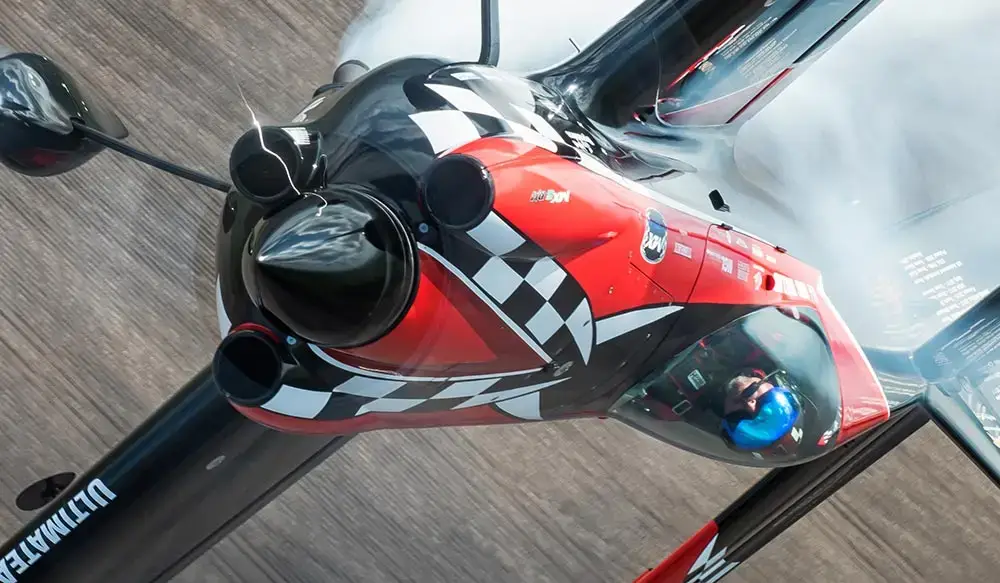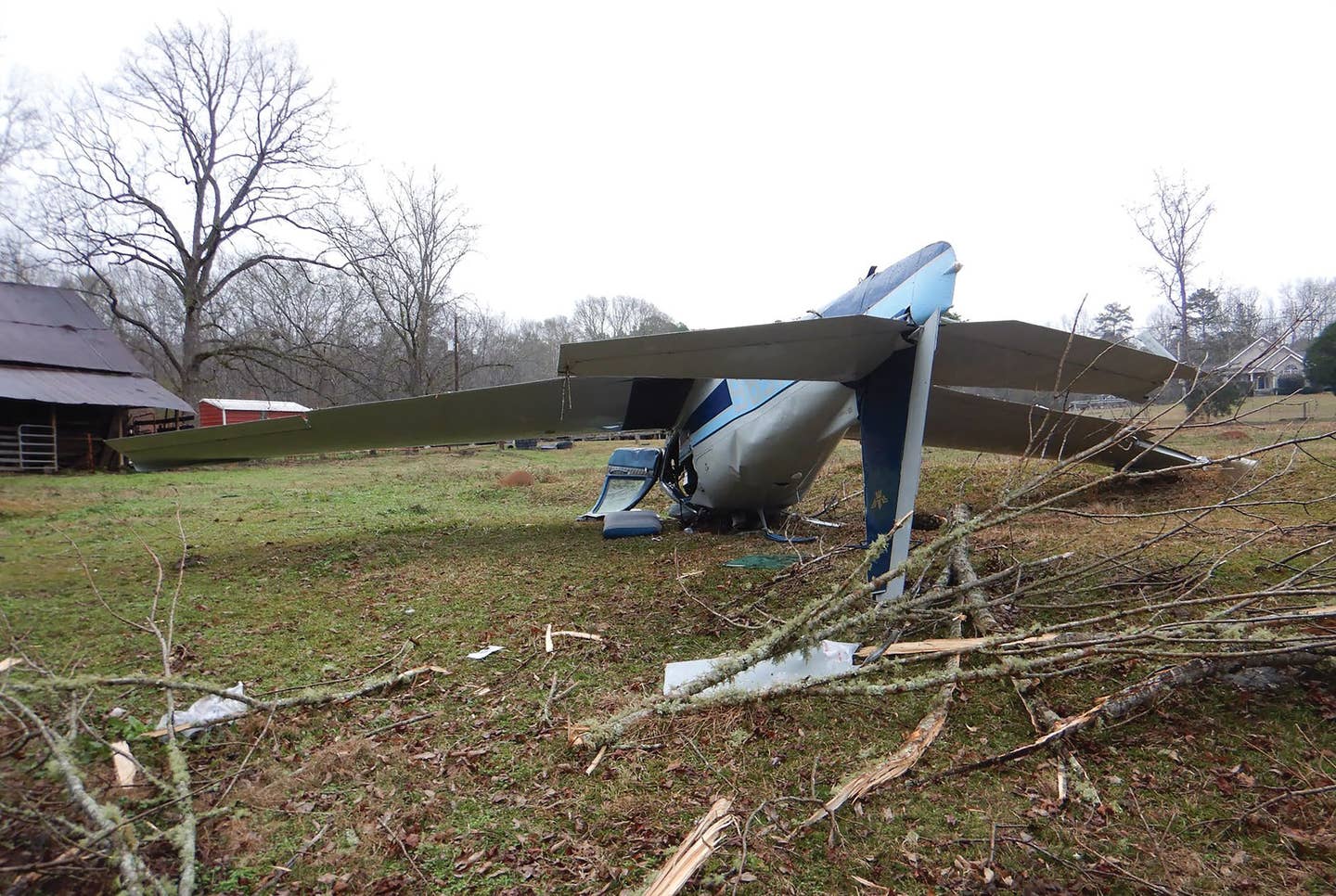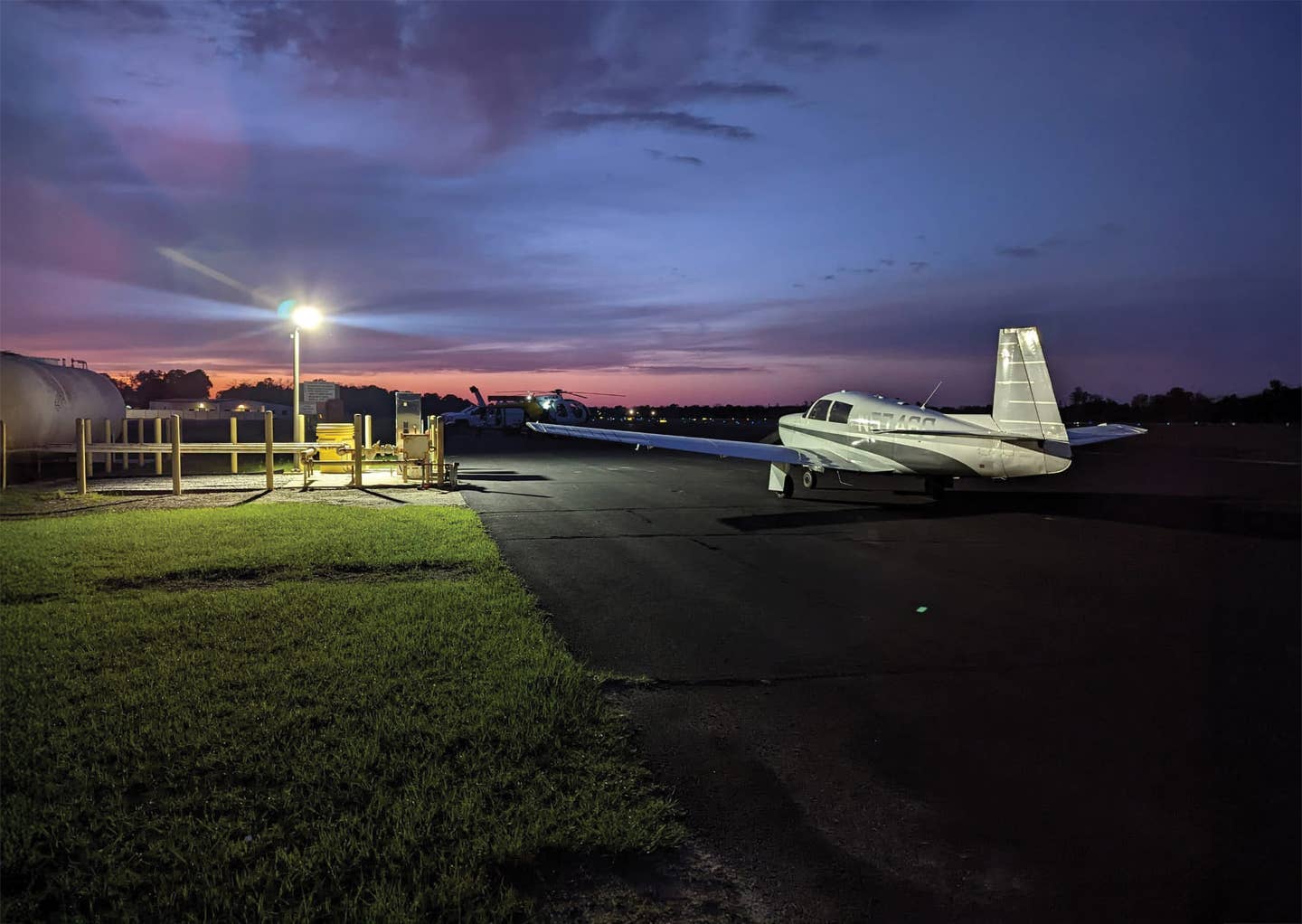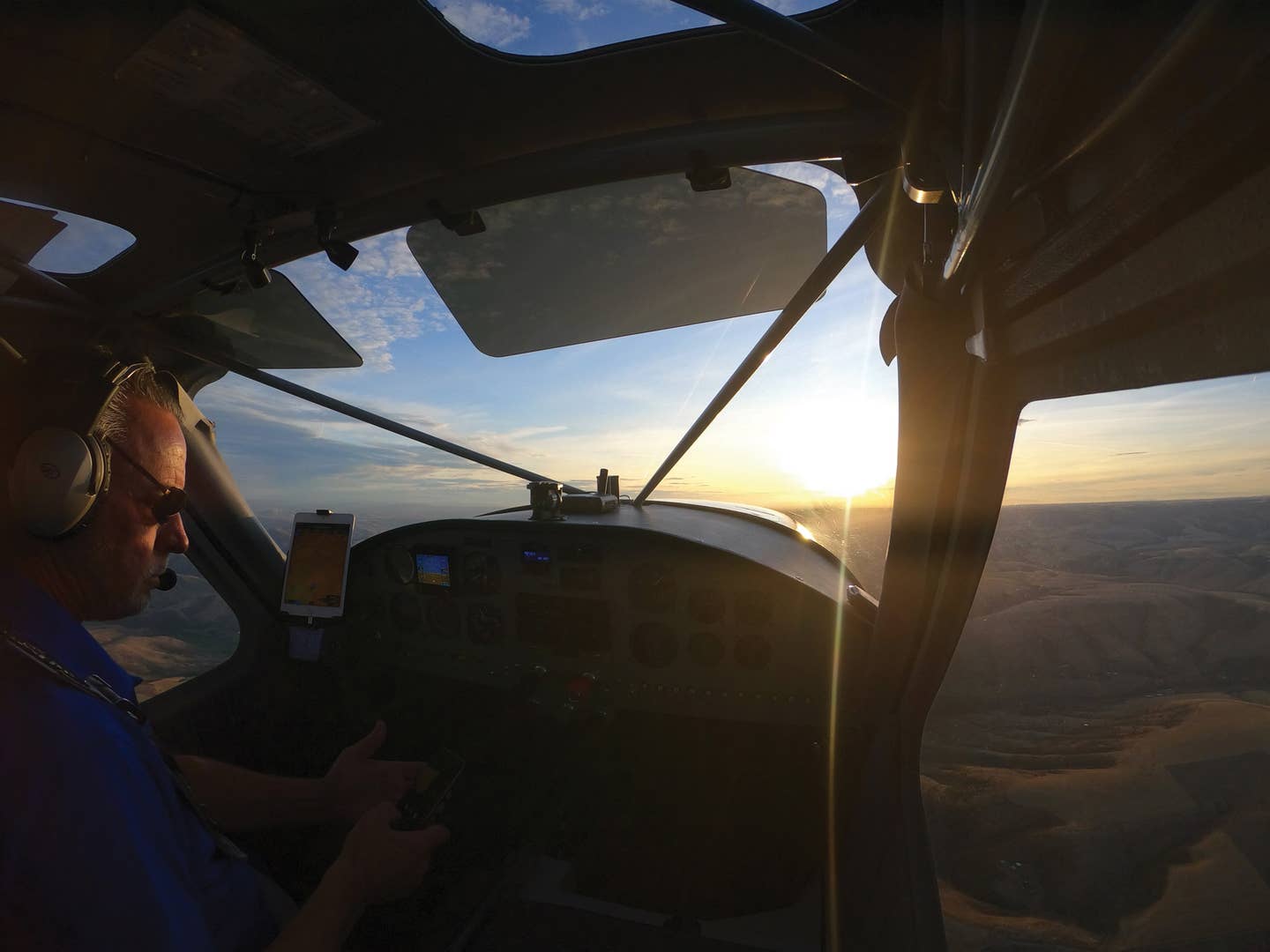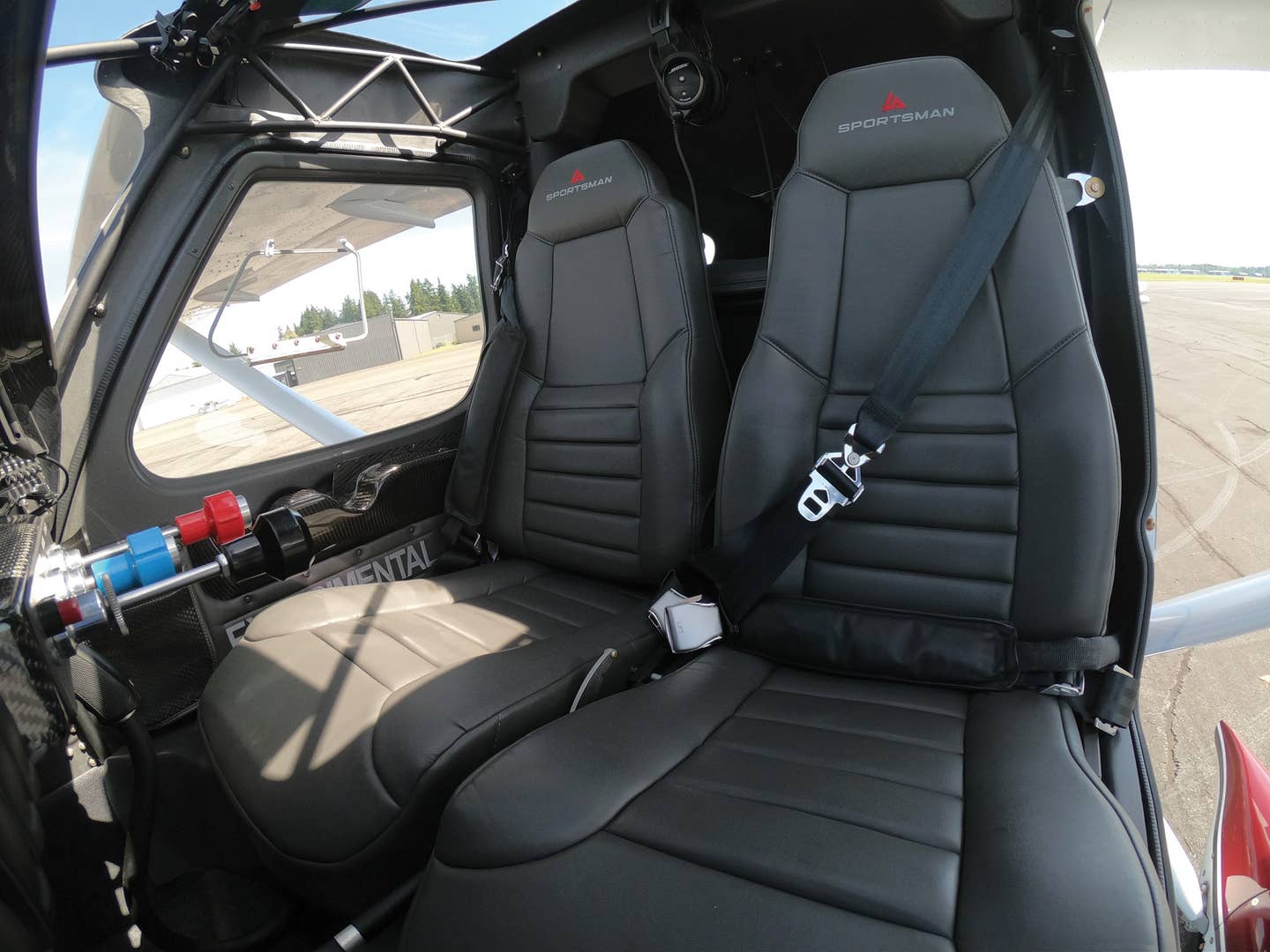Screen Savers
Small airports have personalities that big ones can’t hope to match

AEROFLEX-ANDOVER. The rural beauty of 12N, with parallel grass and paved runways, is an eye pleaser.
Screen savers are a terrific invention---15-20 images of people, places and things that are dear to me rotate through mine like an automated scrapbook. There are two images, however, that make me want to press "hold" and just sit and stare at them because my day is instantly brighter when they pop up on the screen.
The first is a close-up of Baby Alice, my six-month-old granddaughter. The camera caught her midlaugh, and I defy anyone to look at that shot and not smile. The pure joy she conveys is almost heart stopping.
The other puts me back on final to the airport I called home for over 20 years: Aeroflex-Andover (12N) in Jersey. It was shot on one of those razor-sharp autumn days when the foliage colors overpowered what little haze was bleeding over from the metro area (if you looked down the right wing, the N.Y. skyline and its attendant haze bubble was clearly visible on the far horizon). The ridiculously beautiful rural setting makes me smile almost as much as Baby Alice does. Pristine rural airports have a way of doing that to most pilots.
Although a hard-core westerner, I have to admit that one of the things I do miss about the East as compared to Arizona is the unbelievable number of small airports scattered around the hinterlands, e.g., just over the ridge to the left about a half mile is Jump's little runway, and a mile or two behind us in the photo is Trinca. Even better, many of the East's little runways offer the almost obscene luxury of grass, and it may be that it's the grass that I miss as much as the airports. Out here, in Arizona, grass runways don't exist because we don't have grass. There's something sensual about grass, plus, when it's located in the boonies, it has a carefree feeling to it as if every landing will be followed by a picnic. Out here, we have lots of hyper-rural runways (read that as being so far out in the toolies that, from pattern altitude, you can't see even a hint of civilization in any direction), but they're all dirt. And, even though I love plunking down on a backcountry dirt runway just to see what there is to see, it's not the same as grass.
Another not-so-minor difference is that the majority of Eastern grass runways are surrounded by rural civilization---farms and such---and may actually be regular airports, albeit tiny ones. They'll have a small, local flying population attached to them, hangars and all. Those kinds of airports often turn out to be some of the most interesting. They house people and airplanes that don't exist to the rest of the world because most of the pilots see no reason to venture very far from their little corner of paradise. Even though the surrounding area is dotted with scattered farmhouses and maybe a small town, the airport exists as an island unto itself. And because of that, its lineage often goes back generations; there's a piece of history or an unusual aerial artifact to be found around every corner.
The aforementioned airports have an ambiance about them---a patina, actually---that's impossible to duplicate. East of the Rockies you'll stumble into lots of little fields that have wooden hangars that haven't been painted since the day they were built, which was often right after WWII. That's when aviation was full of hope, and the factories cranked out nearly 39,000 airplanes expecting every GI to want one. And many pilots established little airports, often in conjunction with a local farmer, thinking their future in aviation was assured, only to find that a future in aviation is never assured. Some of the hangars that have survived from those days still have the occasional crunched Cub in the rafters, or refuse heaps behind them where the rusting bones of what were thought to be useless airplanes were left to return to nature. You never know where you'll stumble into one of those little airports or what you'll find at them.
I remember driving down an interstate in Iowa and in my continual search for things aeronautical, spotted a telltale wind sock on the far side of a big cornfield. Something like that literally screams "airplane." In the few seconds that I was able to focus on the barely visible windsock, I also saw the broad tips of two propeller blades sticking up out of the corn like a two-finger victory sign: one blade at 10 o'clock and another at two o'clock---a four-blade prop! The hair stood up on my neck as I screamed off the next exit and wound through back roads and Amish farms until I again spotted the windsock.
There was a narrow, mostly overgrown, grass runway hacked out of the corn behind a small abandoned factory building of some kind, and there, sinking into the weeds, was a thoroughly dilapidated P-51D, an "N" number crudely bush-painted over the barely obscured Canadian roundels. It was totally stock military and had obviously been ferried in after being surplused by Canada in '65 or so, and didn't look as if it had moved a wheel since. It had sunk so far into the dirt that it would have taken a bulldozer to pull it out. You can bet it's not sitting there today. Or maybe it is. Tempting, isn't it?
And then there was the duster strip we used to pass while I was a kid on family trips to the southern part of the state to visit cousins. Once in a while, dad would take a back road that went past a duster's runway. I remember so clearly how the hangar compound was fenced off by Stearman wing panels standing on end, their tattered yellow fabric flapping in the wind. One time the duster was taking off and, as he roared across the road in a Stearman at about 75 feet, I nearly wet my pants in excitement. Later, as a young adult, I tried to retrace my family's steps but never again found that runway. For all I know, it's still out there, those dozens and dozens of wings now rotted into linear piles of compost.
Most pilots have a never-ending urge to drop into small, never-before-visited runways because they know each is a portal into an aerial neighborhood that often pleases and surprises. And like the screen savers on my Mac, they generate memories that can brighten an otherwise dull day.
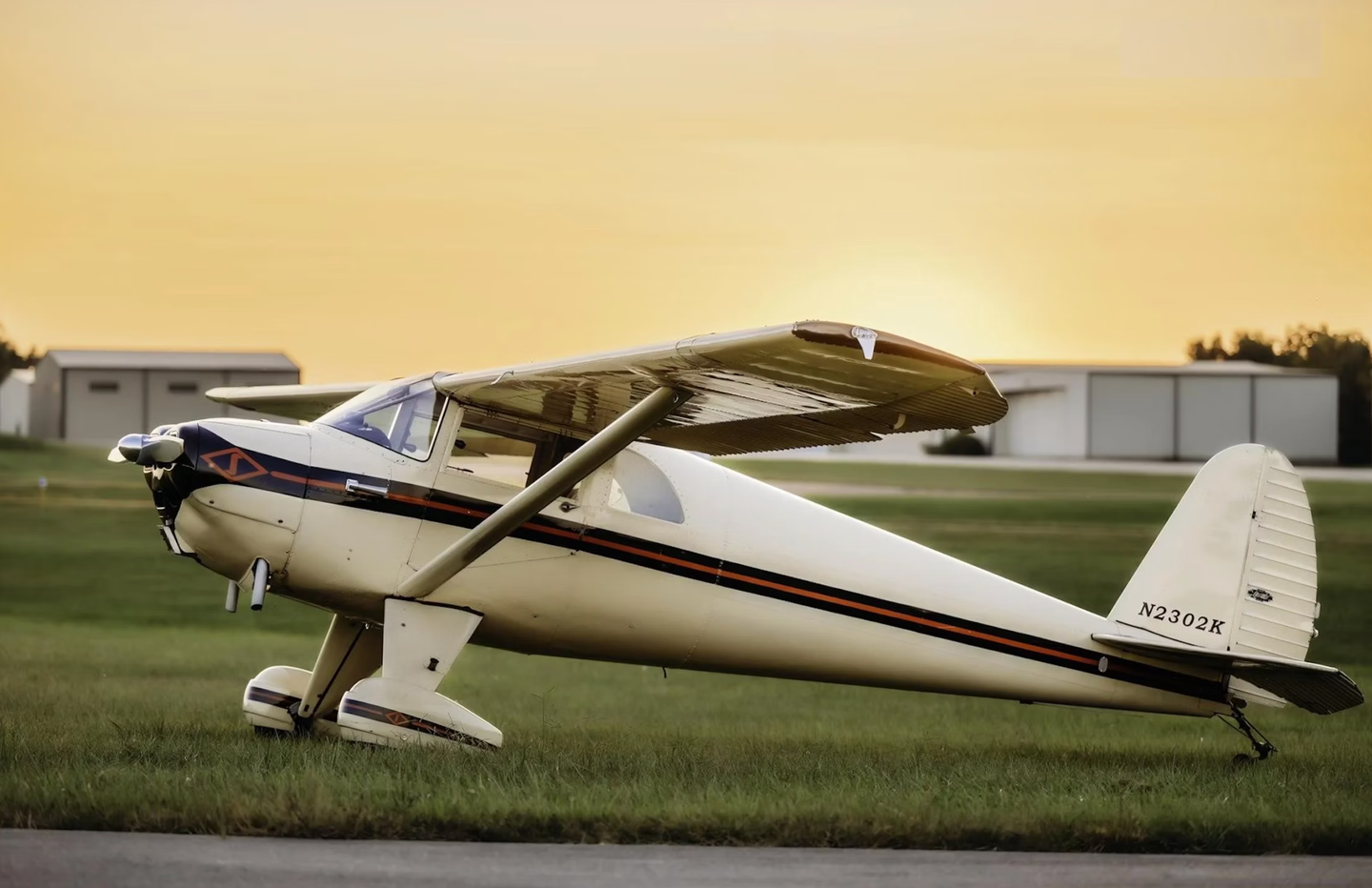
Subscribe to Our Newsletter
Get the latest Plane & Pilot Magazine stories delivered directly to your inbox

